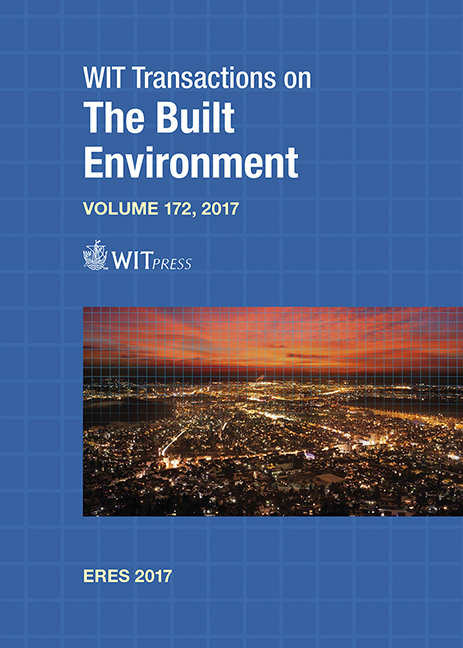FINITE ELEMENT MODELING OF REINFORCED CONCRETE STRUCTURAL WALLS FOR PERFORMANCE-BASED SEISMIC DESIGN
Price
Free (open access)
Transaction
Volume
172
Pages
12
Page Range
35 - 46
Published
2017
Size
684 kb
Paper DOI
10.2495/ERES170041
Copyright
WIT Press
Author(s)
KRISTIJAN KOLOZVARI, ROSS MILLER, KUTAY ORAKCAL
Abstract
A novel finite element modeling approach for nonlinear analysis of reinforced concrete (RC) structural walls is developed and implemented in OpenSees, which is an open-source computational platform widely used in earthquake engineering. The proposed analytical model incorporates a two-dimensional RC constitutive panel behavior described with the fixed-strut angle model into a four-node isoparametric quadrilateral finite element model formulation. The modeling approach is used to simulate the responses of two medium-rise RC wall specimens (aspect ratios of 1.5 and 2.0) with predominant shear-flexure interaction responses. Based on detailed comparison of experimental and analytical wall responses, the model is found to be capable of predicting accurately the experimentally-measured response attributes of the cyclic nonlinear wall behavior including lateral strength, stiffness, stiffness degradation, as well as their hysteretic response characteristics. The model also captures interaction between flexural and shear behavior, and provides accurate estimates of the relative contribution of nonlinear flexural and shear deformations to wall lateral displacements and their distributions over the wall height. Finally, the proposed modeling approach describes reasonably well local response characteristics including magnitudes and distributions of strain and stress fields, as well as cracking patterns. Based on the response comparisons presented, model capabilities are assessed and possible model improvements are identified.
Keywords
reinforced concrete, structural walls, finite element modeling, performance-based design





